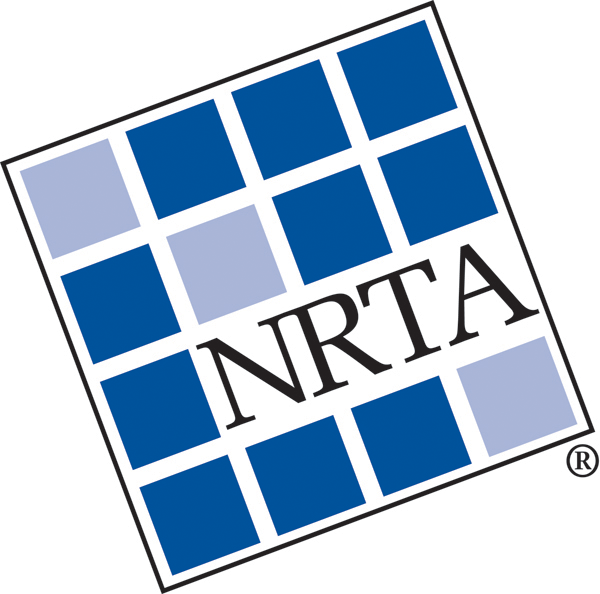by Amber Newman, Vice President of Marketing, AMTdirect
People have been talking about changes to the FASB and IASB lease accounting standards for more than a decade, so if you adopted an, “I’ll believe it when I see it” mentality, we can’t blame you.
It’s time to believe it.
In fact, for public companies, the new reporting rules kick in fewer than 60 days from now. Private companies have more time, but the clock is ticking. In short order, leases will impact the balance sheet and your financial reporting practices.
Implementing a new standard is always challenging, but folks who’ve done it have discovered that the leasing standard is complex with several potential points of failure.
Here are the biggest mistakes we’ve seen and how you can avoid them.
#1 Underestimating the Organizational Impact and Scope
One question we get a lot is, “Is FASB 842 an accounting problem or a real estate one?” The answer is, “Yes…and more.”
 The updated accounting standards mandates significant changes to almost every part of your business:
The updated accounting standards mandates significant changes to almost every part of your business:
- Real Estate
- Leasing
- Operations
- Accounting
- Financial Reporting
- IT
- Analyst Relations
- Tax
- Facilities
- Procurement
Unfortunately, lots of companies have walled organizations that don’t typically share information back and forth, and they don’t have good systems in place for doing so.
Organizations that have been successful have had to make shifts to roles and responsibilities and roll out technology designed to support this cross-functional challenge.
#2
Making Bad Assumptions About Data
We’ve seen many companies make the mistake of believing that, because they have real estate data in an electronic system, they are all set for compliance.
They are almost always wrong.
Compliance with FASB ASC 842 requires lots of lease data that isn’t ordinarily abstracted today. Information like renewal incentives and purchase option dates might not already be in your data set.
Some required information such as fair market value or useful life isn’t in the lease at all. What’s more, elements such as whether a renewal option is likely to be exercised require decision-making, not just data entry.
To the extent that you do have some data in an electronic system, this is an appropriate time to evaluate its accuracy and completeness. Are you willing to trust your financial statements to the information in your system, or is an audit advisable?
#3 Neglecting Equipment and Other
Lease Types
Most of the talk about the standards changes has been about real estate leases because that’s where most of the balance sheet impact will come from.
But for many companies, most of the work will come from other types of leases like equipment. It’s not unusual for equipment leases to be done on a departmental level, leaving many finance teams with no idea how many equipment leases exist or how to identify them.
Finding all leases (real estate and other) should be on the top of your “To-Do” list. Here are a few places to look:
- Real estate management systems or spreadsheets
- Contract Management Systems
- Fleet Management Systems
- Property Management and Commercial Real Estate Service Providers
- Procurement Systems
- Accounts Payable
- Current Financial Reports
- IT Documents and Systems
#4 Selecting the Wrong Technology
Executing FASB 842 correctly requires an exhaustively sophisticated software system. So the vendor selection process should be considered high priority.
There are three key areas you’ll want to evaluate in a solutions provider:
Features: First, the features must meet your spec requirements.
Price: Second, the solution has to be within your budget.
Services: But finally–and most importantly–you must consider the quality and quantity of services.
Especially at this late date, services are essential when choosing a vendor. We’ve heard too many nightmare scenarios about vendor selection gone wrong.
Protect yourself by identifying a vendor who will support you after the sale.
Before reaching an agreement, note what you’ll receive as far as:
- Customization
- Ad hoc reporting
- Abstraction process and timeframe
- Support availability
The mistake most companies make when choosing a vendor is deciding based on features and price alone, instead of service.
Our advice is to pick a vendor, not a product.
#5 Focusing Only on the Immediate Problem
We’ve heard the FASB changes compared to the whole Y2K issue, but it turns out it is really quite different. With Y2K, once the digits were fixed, all was well, and business returned to normal.
But financial reporting under the FASB guidelines isn’t a one-time event.
The number of day-to-day lease events that will require revisions to the FASB schedules is enormous. A few of them include: a change in term, a change in space, execution of an option, terminations, kick-outs, renewals, change in the amount of a FASB-related charge after the initial period, receipt of TIA payments, the list goes on.
FASB ASC 842 isn’t an event. It’s the new normal and organizations must have technology, processes, and training in place to support it. While it’s tempting to focus on the looming deadline in front of you, our advice is to spend time with your team thinking forward.
So, given all of this risk, how will you survive? Our clients have found that it is best not to go it alone.
Your organization will only make this transition once. The best partner/vendors in the market will do it hundreds of times. With the right help, you can avoid the pitfalls that lead to delay, confusion, and unhappy auditors.
If you haven’t found the right partner yet, its time to start looking before all of the available implementation resources are snatched up.
